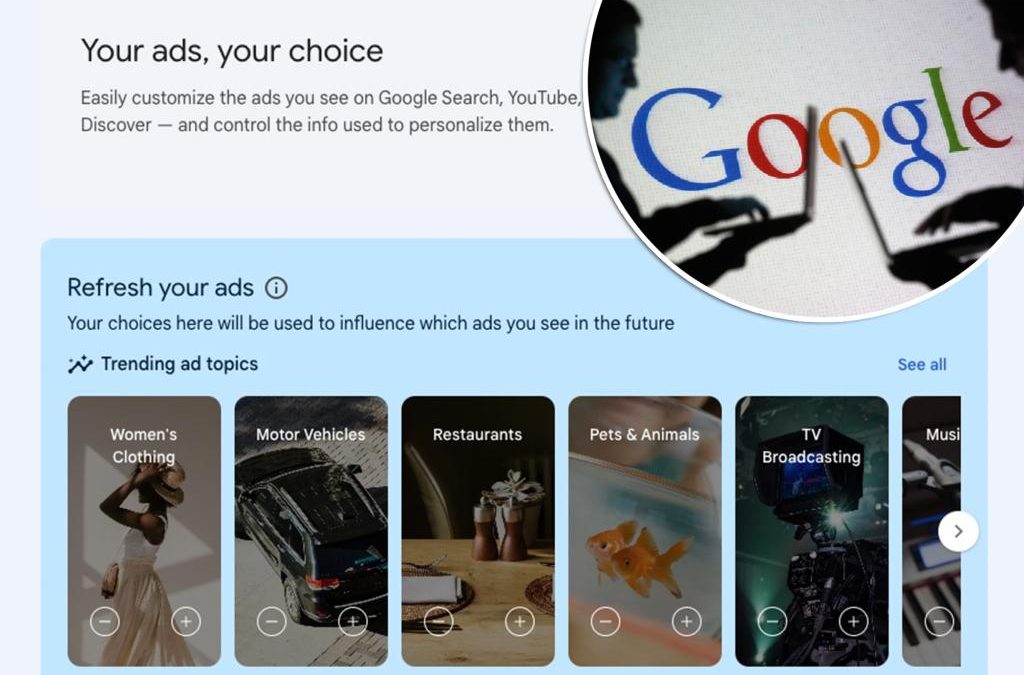Ever wonder how Google knows so much about you?
Most people know the internet sites that they use are tracking them in some way, and a new report sheds light on the stealth ways they’re doing it.
While tech giants such as Google have been accused of using their products to literally listen in on users’ conversations, there’s a much simpler way they knew to feed you an ad for that new restaurant you’ve been wanting to try or the perfect briefcase right after you accept a job offer.
Google’s personalized ad settings keep track of users’ activity when using a Chrome browser or any of their sites and products.
This data allows the company to make educated guesses about the user and target them with specific ads for brands and products that align.
To see what information Google has collected and presumed from one’s online activity, web users can simply check their ad personalization settings.
To do so Google users can go to adssettings.google.com on a desktop web browser or phone and view what the tech company has saved about them.
If “Personalised Ads” are switched on, the page should show a list of everything Google uses to choose what ads users will see.
The tech giant can record basic information such as a person’s favorite stores, TV shows, hobbies, travel destinations and brands but can also get more detailed.
Google also has the information to assume a user’s relationship status, job title, parental status and household income.
If any of the information is incorrect or not of interest, it can be changed.

The toggle can also be turned off depending on a person’s privacy preference.
This information is especially useful for Gen Zers who just learned that employers can spy on their digital footprint.
Gen Z TikTok recently went wild after one user revealed they’d missed out on a job opportunity because of something a potential employer had seen them post online. To the older generations, it was a tale of online woe as old as the internet. But to many young digital natives, the notion of real-world repercussions came as a shock.
Source




